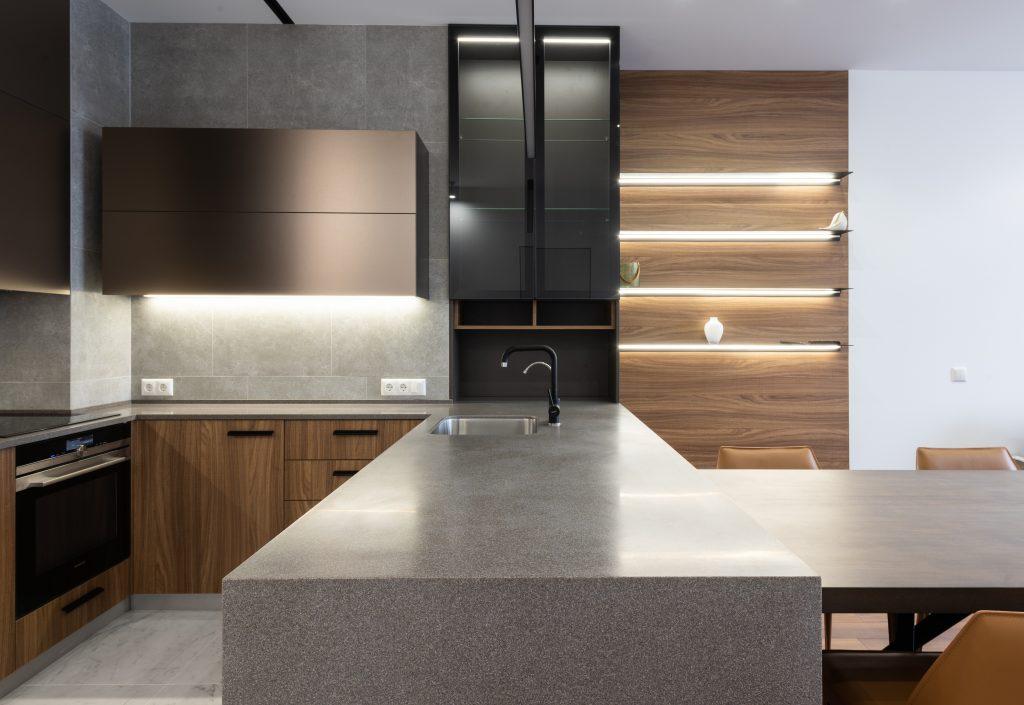Today, we delve into the world of sustainable kitchen design, exploring how to create an eco-friendly and stylish heart of your home.
The planet-conscious choices we make in our kitchens have a significant impact on our environment.
Let’s explore some key elements of creating a sustainable kitchen design:
- Sustainably Sourced Cabinetry– Opt for kitchen cabinets made from recycled or sustainably sourced materials.
- Eco-Friendly Countertops – Choose countertops that are durable, recyclable and made from natural or recycled materials.
- Environmentally Conscious Kitchen Appliances– Invest in Energy Star appliances that save energy and reduce greenhouse gas emissions.
- Effective Ventilation – Ensuring proper ventilation helps maintain indoor air quality and saves energy.
- Sustainable Flooring – Consider cork, bamboo or reclaimed wood for your flooring needs.
- Eco-friendly Lighting – LED lights are eco-friendly and consume less energy than traditional bulbs.
Crafting a sustainable kitchen design not only reduces our carbon footprint but also creates a healthy and efficient space to cook and gather.
A Journey towards Sustainable Kitchen Design
Choosing reclaimed or recycled items for your kitchen means contributing to the reduction of waste in landfills.
Sourcing from local suppliers reduces transport emissions, supports the local economy and often provides fresher, high-quality products.
Avoiding eco-unfriendly choices becomes easier when you educate yourself about sustainable materials and manufacturers committed to green practices.
Including energy-efficient stoves and other appliances in your design greatly reduces your kitchen’s energy consumption.
Contents
- 1. Sourcing Sustainably Sourced Cabinetry
- 2. Opting for Sustainable Countertop Options
- 4. Ensuring Proper Kitchen Ventilation
- 5. Selecting Sustainable Flooring for Your Kitchen
- 6. Incorporating Eco-friendly Lightings
- 7. Choosing Reclaimed or Recycled Kitchen Items
- 8. Avoiding Eco-unfriendly Choices in Your Kitchen
- 9. Turning to Energy-Efficient Kitchen Stoves
- 10. Exploring Other Eco-Friendly Kitchen Appliances
- 11. Following Practices That Promote a Sustainable Kitchen
- 12. Sourcing from Local Sustainable Kitchen Suppliers
- Eco-Kitchen Mastery
1. Sourcing Sustainably Sourced Cabinetry
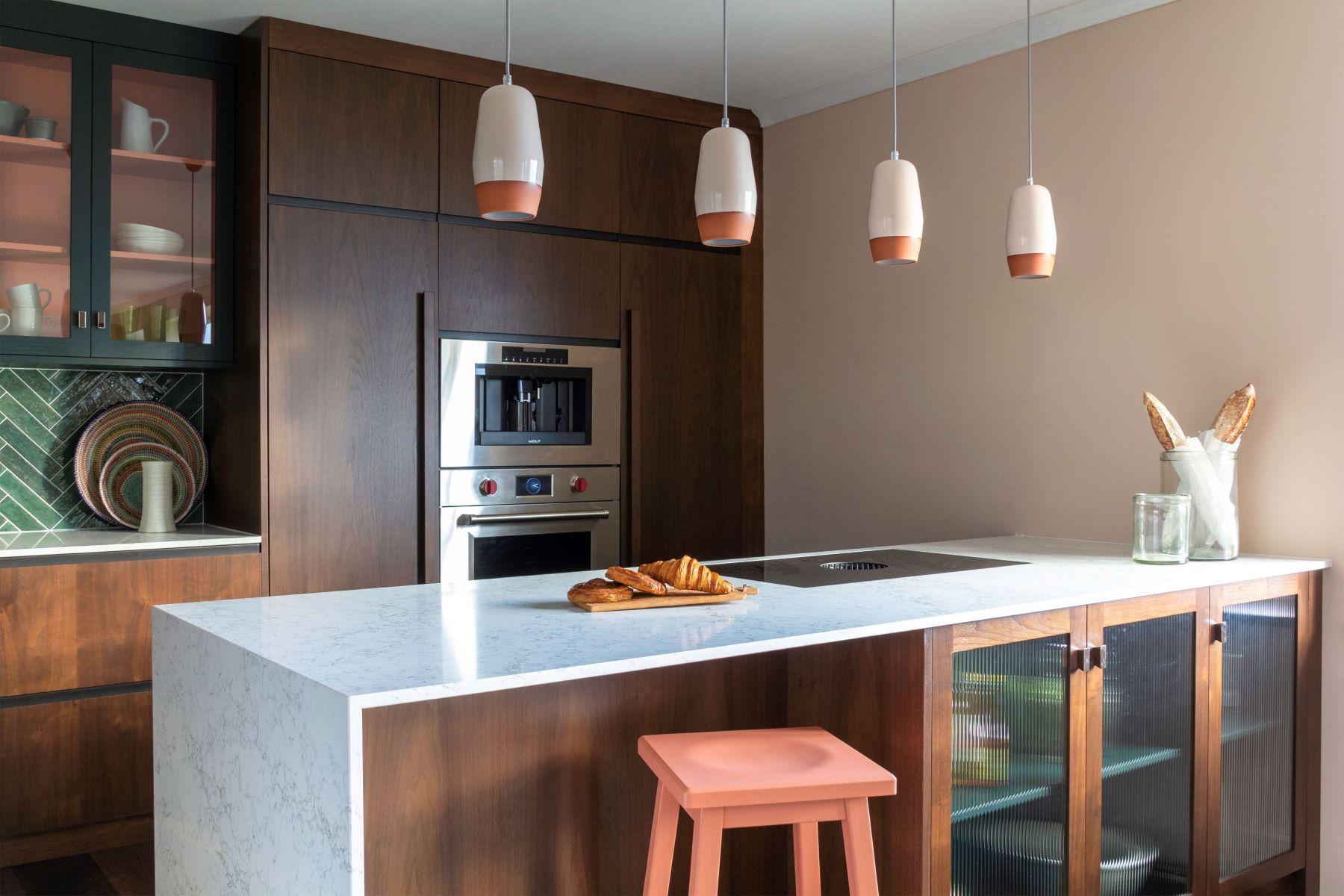
Sustainably sourced cabinetry requires thoughtful strategy. An example is Toronto’s Hotel project by Rockwell Group.
This project made use of reclaimed materials like timber, limestone, and native plants.
Maximising Existing Materials
The materials were utilized throughout the building covering bedrooms, restaurants, and other areas.
The project demonstrates an efficient way to add a touch of nature inside our homes.
Working with Local Artisans
In this initiative, Rockwell collaborated with local woodworking studio, Just Be Woodsy.
They have exclusive rights to collection and reuse fallen trees in Toronto.
Transforming Waste into Homeware
Additionally, the GoodWaste Selfridges department store partnership showcases how waste can create exceptional homewares.
Lamps, vases, candles displaying the remarkable potential of recycling discarded materials.
2. Opting for Sustainable Countertop Options

Choosing a sustainable countertop is one way to make your kitchen environmentally friendly. It also adds a touch of uniqueness to your home’s design.
These countertops are made from materials that have minimal environmental impact, whether in their extraction, manufacturing, use or disposal.
Using sustainable material for your countertop not only assists in preserving the environment but also proves durable and cost-effective in the long run.
| Countertop Material | Eco-Friendly | Durability |
|---|---|---|
| Recycled Glass | Yes | High |
| Bamboo | Yes | Moderate |
| Stainless Steel | Yes | High |
| Ceramic Tiles | Yes | Moderate to High depending on quality |
| Concrete | No | High |
| Table showing various countertop options with their environmental impact and durability. | ||
Sustainable options like recycled glass and bamboo provide a strikingly beautiful yet green alternative to traditional materials.
4. Ensuring Proper Kitchen Ventilation
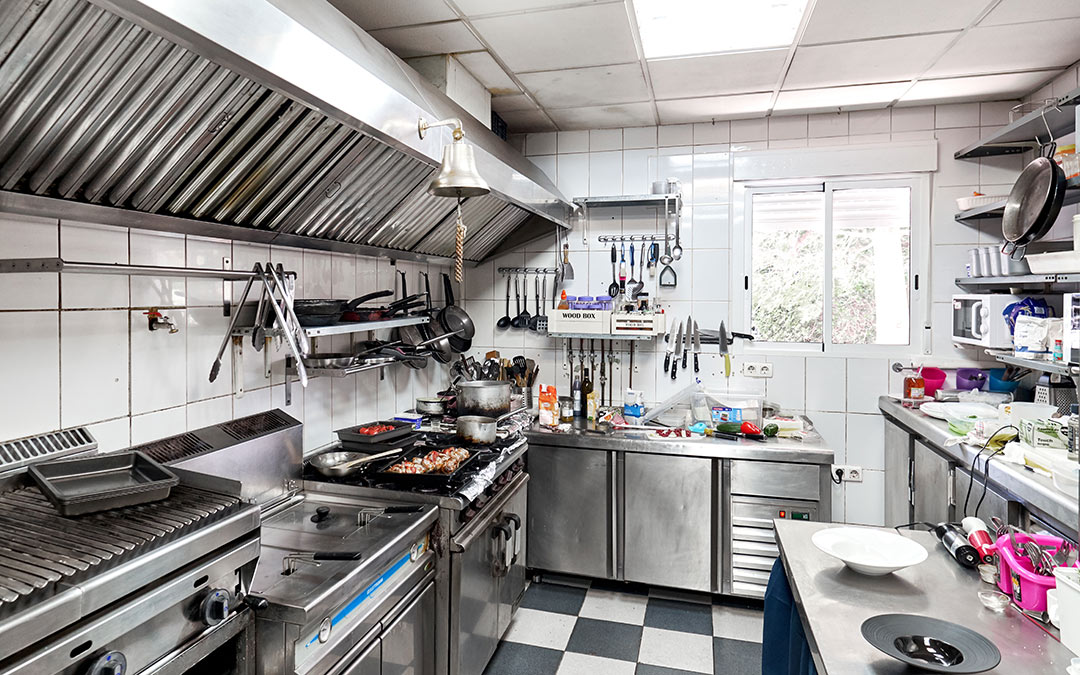
What is the recommended ventilation rate for kitchens?
ASHRAE advises an intermittent or continuous ventilation of 100 or 25 cubic feet per minute (cfm) respectively for kitchens.
What is the role of exhaust ventilation systems in a kitchen?
Exhaust systems are crucial in kitchens as they eliminate pollutants.
They especially aid in getting rid of cooking effluent.
What should I consider when choosing appliances for a sustainable kitchen?
Select energy-efficient appliances like dishwashers, and energy-saving refrigerators whether walk-in or reach-in.
Opt for appliances that cut down on water and energy use such as low-flow hot-water fixtures.
What is a Smart Range Hood?
A Smart Range Hood aims to be affordable and ASHRAE-62.2-compliant, surpassing current standards with an efficacy target of 4.2 cfm/W.
What are the ventilation options for my kitchen?
Natural ventilation can be inconsistent due to factors like airtightness and outdoor temperatures, therefore controlled options are necessary.
Spot ventilation includes localized exhaust fans that enhance the effectiveness of natural and whole-house ventilation by getting rid of pollutants at their source.
Whole-house ventilation uniformly circulates air throughout your home utilizing one or more fans and duct systems.
How can I achieve energy savings with kitchen ventilation?
Energy savings can be realized by integrating controlled ventilation systems with techniques that prevent heat buildup.
This approach is the most cost-effective and energy-efficient way to cool your home.
5. Selecting Sustainable Flooring for Your Kitchen
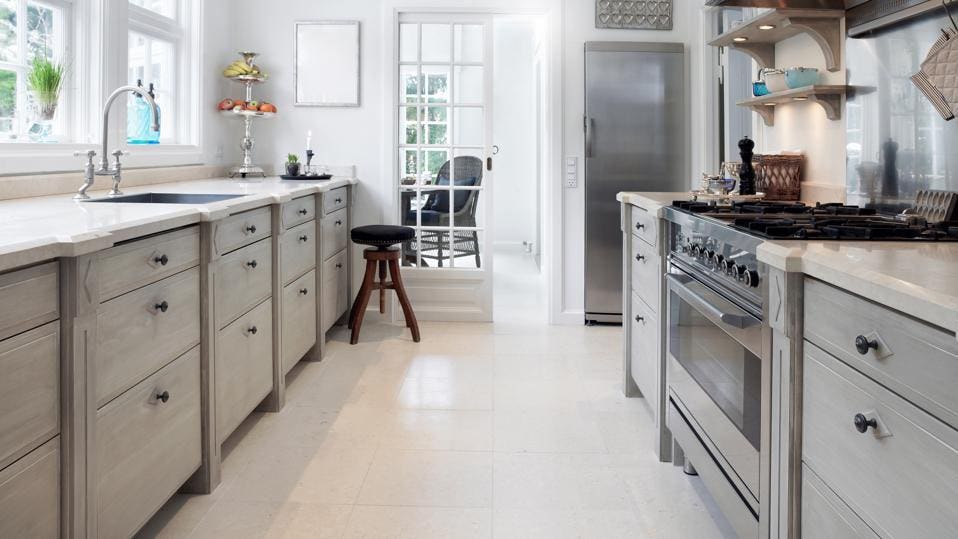
When it comes to crafting a green kitchen, your flooring choice holds a lot of weight. It should ideally be non-toxic, durable, and boast low embodied carbon values.
Moreover, it’s great if the flooring is recyclable or even reclaimed to enhance its ecological value. The creation process must also uphold ethical and environmental labour standards.
- Bamboo Flooring: Popular for its eco-friendliness due to the fast-growing plant it comes from. However, watch for the carbon emissions in transport and ensure the binders are non-toxic.
- Reclaimed Hardwood: No new trees are cut down, making this a wonderful choice for anyone aiming to reduce their carbon footprint.
- Cork Flooring: Manufactured from renewable resources and features non-toxic adhesives.
- Linoleum: This is bio-based, highly durable, non-toxic and recyclable. It’s often mistaken for vinyl, but linoleum is an entirely natural product.
The challenge lies in quantifying all these aspects. Not all brands within a certain type of flooring are created equal.
In-depth knowledge is crucial to discern the environmentally friendly options from the rest. The devil truly lies in the details with sustainable flooring choices.
There’s an abundance of information available that can aid you in navigating through these complexities. It can help you identify distinct types of flooring based on health and environmental characteristics.
6. Incorporating Eco-friendly Lightings
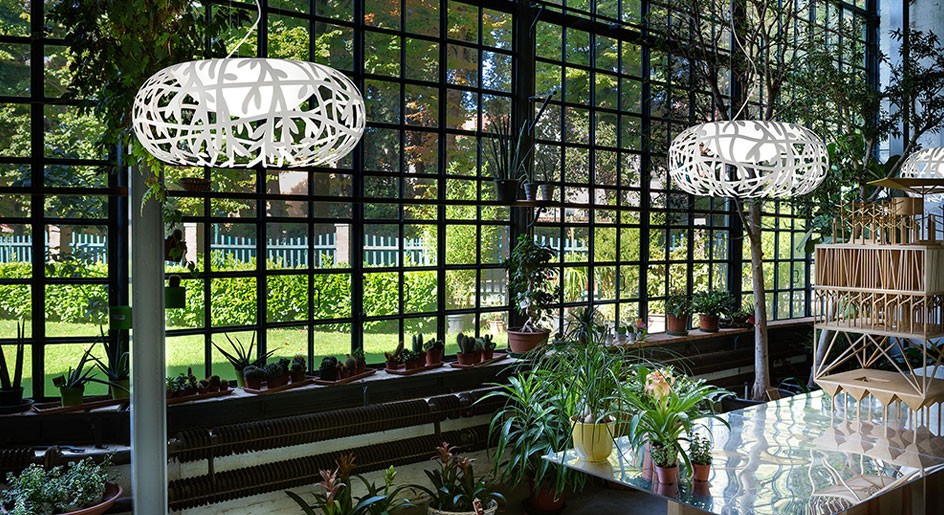
Eco-friendly lighting can be a great way to reduce energy costs in your home. It’s all about making the right choices, and using light effectively.
The first thing to consider is the type of lights and fixtures you choose. These play a massive role in determining how much energy you use.
While downlights might seem like an excellent choice for creating ambiance, they usually require more of them which translates to increased energy consumption.
Conversely, pendant or fluorescent fittings tend to use less energy than downlights, making them a smarter choice if you’re seeking to cut down your power bills.
Fluorescent lights, or more specifically Compact Fluorescent Light bulbs (CFLs), may have a higher initial cost but their longer lifespan and reduced energy use can save money over time.
LED lighting is another fantastic option. While buying LEDs might set you back a bit initially, the high-quality ones can last upwards of 25,000 hours.
Halogen lights are another type to consider. However, don’t be tricked into believing that low voltage halogens equate to low energy consumption – that’s not always the case.
Above all, using lighting efficiently is crucial. Don’t forget to switch off lights when they’re not needed and leverage as much natural light as possible!
To sum up, efficient lighting options can make a big difference to both your electricity bill and the environment. So why not take a small step towards sustainable living today?
7. Choosing Reclaimed or Recycled Kitchen Items
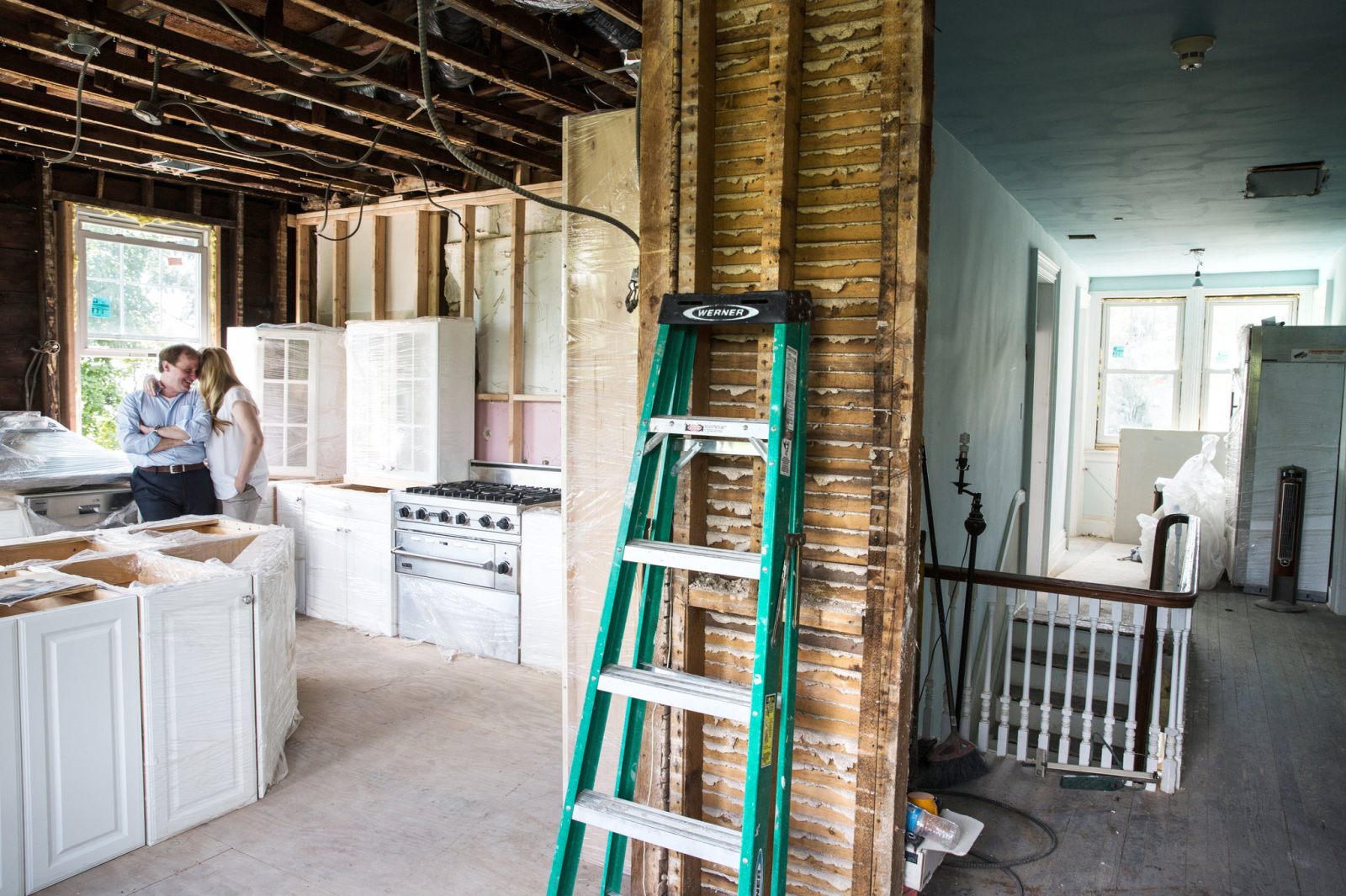
If you’re after a unique and sustainable kitchen design, consider the charm of reclaimed wood items. These add warmth, history, and distinct character to your space.
Contrast With Modern Elements
Reclaimed wood contrasts beautifully with modern materials like steel, tile, and stone. It can bring age and character to a new kitchen.
A Timeless Look
Use reclaimed wood on flooring, shelves, backsplashes and cabinets. The rustic appeal, combined with modern elements, creates a timeless interior aesthetic.
Each piece of reclaimed wood has its own tale to tell. This uniqueness brings warmth and adds one-of-a-kind details to your space.
The Sustainability Lens
Choosing reclaimed wood allows you to recycle building materials during renovation. This sustainable choice also offers wider planks uncommon in new lumber.
When working with reclaimed timber, be prepared to address hidden obstacles like nails that require removal before further refinishing.
Mixing and Matching
Create a focal point in your kitchen by using a large piece of reclaimed wood as a tabletop or a rustic kitchen island.
You can also incorporate this material into open shelving or cabinetry. Combined with natural materials like stone and polished wood, it creates strong design contrasts.
8. Avoiding Eco-unfriendly Choices in Your Kitchen
When cleaning your kitchen, plain water often outperforms many eco cleaners. It’s an unbeatable, free solution without chemical additions or resource use.
Dishwashing liquids provide another avenue for incorporating sustainability. Choose options like Aldi Green Action Plant Based Formula. This product, with its Green Tea and Lime Fragrance, obtained a CHOICE Expert Rating of 70%.
Earth Choice Green Tea and Lime dishwashing liquid also scored a commendable 70%. Both these products are notably eco-friendly choices.
- For dishwasher detergents, lean towards green solutions such as Earth Choice Dish Tablets Lemon (72%) or Ecostore Dishwasher Tablets (69%).
- Powder dishwasher detergents perform less efficiently than their tablet counterparts. It’s best to avoid them.
- Ecostore Ultrasensitive and Ecostore Lemon dishwashing liquids although eco-friendly, received lower ratings (60%) due to performance.
When considering laundry detergents, products like Earth Choice Undo This Mess and Ecostore Laundry Liquid Eucalyptus are superb green alternatives for front loaders.
Cleaning surfaces? Opt for multipurpose cleaners such as Bosistos Multipurpose or Citro Clean Super Concentrate Multi-Purpose Cleaner. Their high ratings (95%) prove their effective nature while remaining eco-conscious.
9. Turning to Energy-Efficient Kitchen Stoves
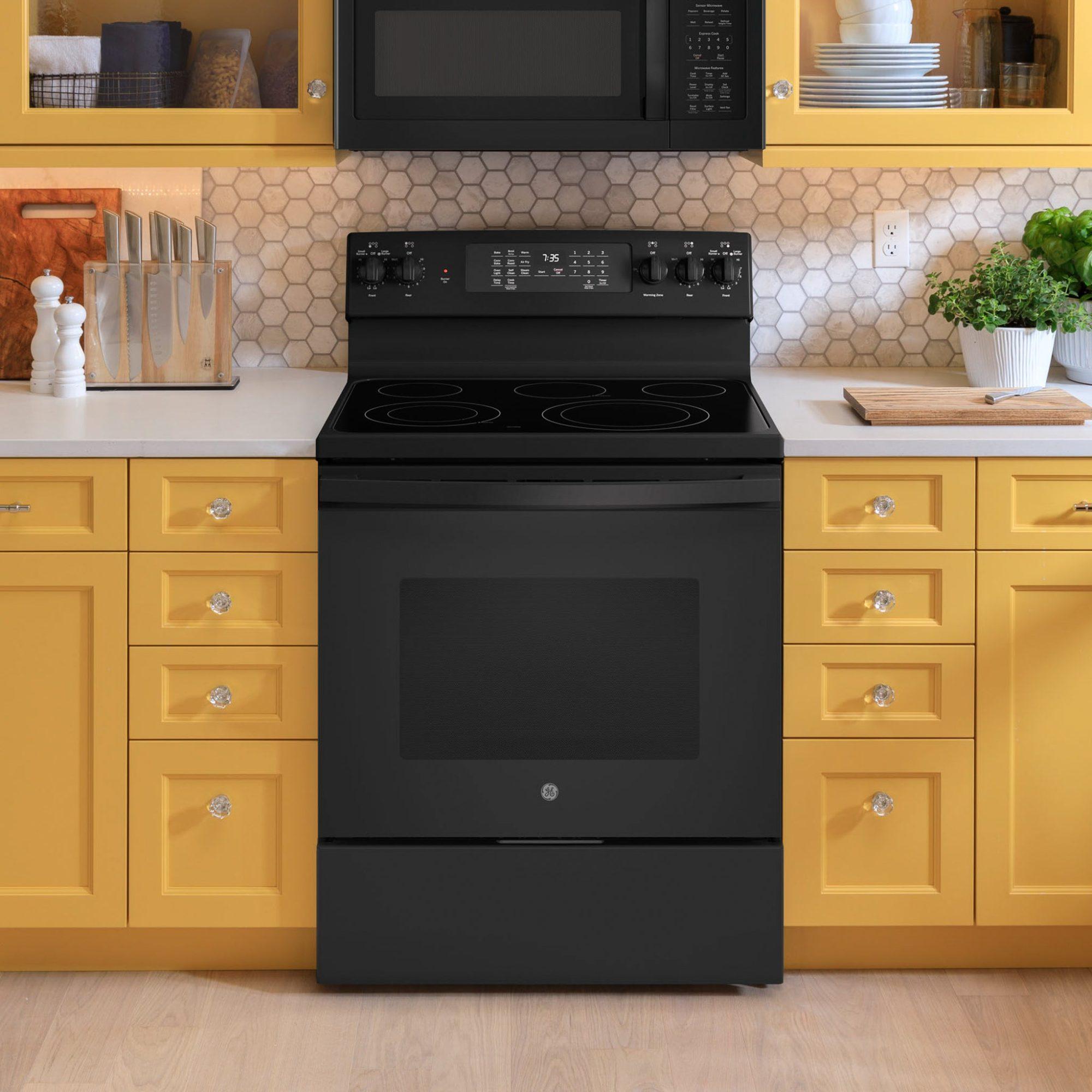
Induction cooktops are shaking up the kitchen landscape due to their unbeatable energy efficiency at around 85%. This leaves the usual gas and electric resistance cooktops trailing behind at 32% and 75-80% respectively.
Induction, electric, and gas – these are the three most common types of stoves homeowners consider. However, in terms of efficiency, induction leads the pack, being followed by electric and finally gas variants.
A kitchen can substantially reduce energy consumption, save money, and promote safety with the utilisation of induction technology. Its performance consistently out-performs traditional cooking methods.
Unlike standard cooktops, induction ovens use electromagnetic energy to heat compatible cookware directly. This translates into faster cooking times and more precise temperature control for users.
The heating method for induction stoves also leaves them cool to touch. This means fewer burns and less reliance on air conditioning during cooking sessions, making them a safer pick too.
Looking at energy reduction measures, induction stoves are king. They utilise three times less energy than their gas counterparts and operate at a 5-10% higher efficiency than electric resistance stoves.
An environment-conscious homeowner would not overlook the benefits offered by induction technology. Besides the substantial monetary savings, it’s a step toward sustainable living that benefits us all.
10. Exploring Other Eco-Friendly Kitchen Appliances
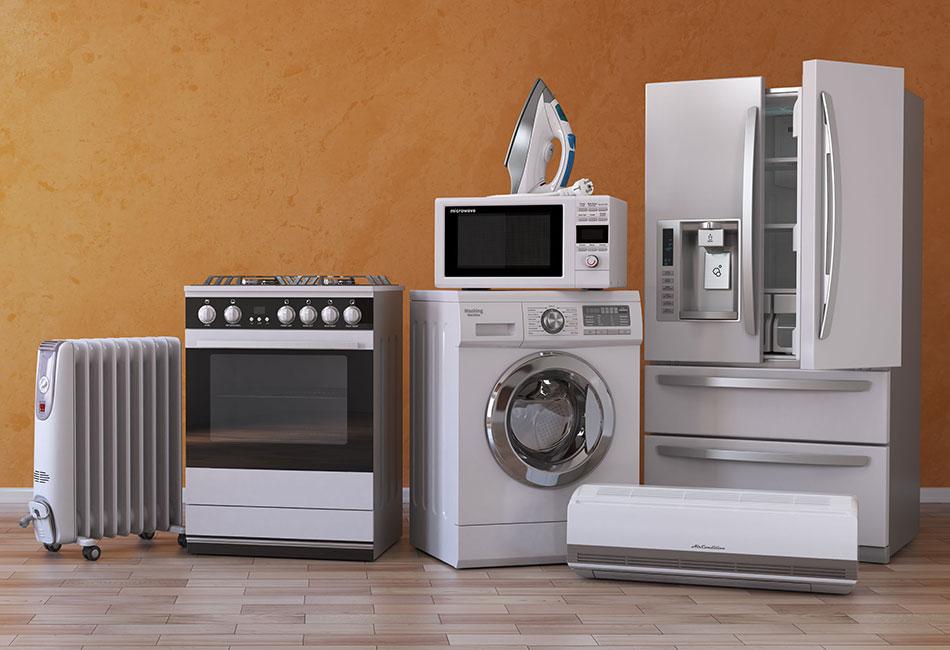
Let’s switch gears a bit and focus on eco-friendly kitchen appliances. These green warriors not only look sleek but also help curb your carbon footprint.
Opting for efficient, energy-saving contraptions can be a step towards embracing sustainability at home. Why not start with your kitchen?
- Solar Powered Refrigerators: These appliances draw their energy from the sun, cutting down electricity costs and environmental impact.
- Energy-Efficient Ovens: Opt for models that use less power yet deliver the same cooking results.
- Induction Cooktops: They generate heat directly in your pan, reducing energy waste.
- Eco Dishwashers: These babies use less water and energy than traditional models.
Consider this: By choosing eco-friendly options, you’re not just saving money but playing your part in conserving the environment. So why not give it a go?
Beyond appliances, remember to responsibly dispose of waste especially during emergencies. Council operated waste transfer stations usually accept waste free of charge during such times.
Dumping waste arbitrarily harms our community and ecology. So when you spot illegal dumping, report to EPA immediately to help combat waste crime. Your vigilance matters.
Burning wood during winter is another source of pollution. Understanding how to minimise smoke impacts keeps our air clean, making neighbourhoods healthier places to live.
Every choice we make affects our environment. From energy efficient appliances to responsible waste management, your actions build a strategic plan towards a greener future.
We must also be conscious of environmental offences and necessary penalties. Fines are imposed for violations, and regular inspections ensure that we are adhering to environmental laws.
Together, let’s create a sustainable kitchen, one appliance at a time.
11. Following Practices That Promote a Sustainable Kitchen
Implementing sustainable practices in the kitchen goes beyond merely recycling. It’s about creating a comprehensive lifestyle that respects our environment.
A significant step towards achieving this is by following a plant-based diet. Not only does this reduce the environmental impact of animal farming, but it also promotes health and wellbeing.
| Sustainable Practices | Description |
|---|---|
| Secondhand Shopping | Purchasing used items reduces manufacturing demand and waste. |
| Water Conservation | Optimise water use, consider washing with water instead of toilet paper. |
| Waste Separation | Sensible recycling minimises landfill impact and resource consumption. |
| Reusable Products | From menstrual products to shopping bags, reusables reduce waste. |
| Vegetarian Diet | Eating plant-based meals lowers carbon footprint compared to meat-based diets. |
Every small change can have a large ecological impact when adopted widely.
Maintaining a minimalist lifestyle is another effective way to promote sustainability. Avoid purchasing unnecessary items and opt for functional and reusable designs whenever possible.
Incorporate homegrown produce into your meals and compost food scraps. In doing so, you embrace an eco-friendly cycle of growth and decay right at home.
The journey towards sustainability might seem daunting but remember, every step counts!
12. Sourcing from Local Sustainable Kitchen Suppliers

Creating a sustainable kitchen isn’t just about smart design. Where you source your materials is just as critical.
Why Choose Local Suppliers?
Purchasing from local suppliers reduces carbon emissions caused by long-distance shipping.
Moreover, supporting local businesses helps stimulate your local economy.
Quality and Sustainability
Sustainable kitchen suppliers ensure high-quality, environmentally-friendly products.
You can find sustainable alternatives for everything, from taps to benchtops.
Ask the Right Questions
Ask potential suppliers about their sustainability practices. This includes the materials used, manufacturing processes, and waste management strategies.
Their answers will help you make an informed decision on who to work with.
Remember that small changes can lead to significant impacts. By choosing local and sustainable suppliers, you’re contributing to a healthier planet.
Eco-Kitchen Mastery
In conclusion, creating a sustainable kitchen in Australia can be achieved through eco-friendly design ideas. By incorporating energy-efficient appliances, sustainable materials for countertops and cabinets, and implementing waste reduction practices, we can drastically minimise our environmental impact while enjoying a functional, aesthetically pleasing cooking space.
- Kitchen Oasis. Fusion of Relaxation and Functionality (AU) - November 2, 2024
- Pure Water Pleasure. Why You Should Consider Installing a Kitchen Water Filter - October 22, 2024
- Green Plumbing Practices. Eco-Friendly Ideas for Your Melbourne Kitchen - October 2, 2024
Related posts:
 Common Kitchen Design Mistakes to Avoid: Expert Tips from Fergusons Plumbing Australia
Common Kitchen Design Mistakes to Avoid: Expert Tips from Fergusons Plumbing Australia
 Kitchen Island Inspiration. Creating a Multifunctional Space
Kitchen Island Inspiration. Creating a Multifunctional Space
 Pet-Friendly Spaces. Designing Your Aussie Kitchen for Furry Friends
Pet-Friendly Spaces. Designing Your Aussie Kitchen for Furry Friends
 Hamptons Chic vs. Industrial Modern: Kitchen Design Inspiration for Sydney Homes
Hamptons Chic vs. Industrial Modern: Kitchen Design Inspiration for Sydney Homes
 Stylish Kitchen Lighting Ideas for Ambiance and Functionality
Stylish Kitchen Lighting Ideas for Ambiance and Functionality

